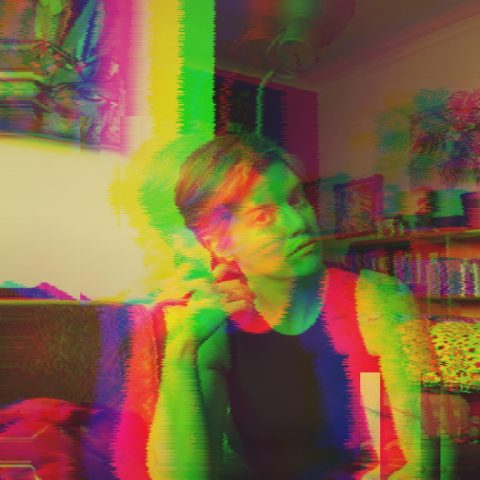Lately, I’ve been listening to the Le Tigre song “Viz” an awful lot.
One of the many side effects of insisting on a national survey to respond to the proposition of marriage equality is the increased focus on queer people in the community, which results in coding queer visibility as “other” or “different” and most importantly, to be judged by the rest of the community.
There is a history of communities marking people who don’t conform to normative standards of sexuality, race or gender in order to articulate the importance of their exclusion, and highlight difference. For example, the “scarlet letter” of the novel of the same name, or the pink triangle used to mark sexual deviance (homosexuality) under Nazism.
This visual marker reminds the community to understand that marked people should be excluded for their difference.
In contemporary cultural theory, we discuss the notion of “passing” in relation to gender, race and sexuality (as well as in relation to a host of other identity demarcations). Passing (or appearing to conform to normative expectations within a community) is understood in relation to the perception of other people in public spaces, and whether or not an individual “passes” or not, or is understood to be visibly different, or not, is based on the community doing the perceiving (For a better explanation, Sara Ahmed discusses this effect in relation to the visibility of people of colour in spaces (public as well as institutional spaces) that are coded as white.)
In the current Australian sociopolitical climate, then, those people who don’t “pass” as straight have become even more excruciatingly visible in the broader community and in public spaces.
Those bodies are read and understood as a visual reminder of this discourse, which operates alongside a public discussion of whether the interpersonal relationships and the sexuality that marks their identity is sufficiently legitimate to be legally recognised.
This increased visibility when moving through public space is an amplification of the potential for the articulation of hatred and reassertion of exclusion from society that the “no” campaign has reinvigorated.
The effect of this, as has been well-documented, is an increased anxiety of being in public. Enacting this “survey” tells the community that LGBTI people should be judged. That the community has a right to judge them, and their relationships.
This means that in public spaces, that judgement is implied in all interactions (i.e. when going to the shops, using public transport, at work, and so on).
This increased visibility when moving through public space is an amplification of the potential for the articulation of hatred and reassertion of exclusion from society that the “no” campaign has reinvigorated.
The song “Viz” is about being able to be visible in a space without fear of judgement or violence. It’s about the cultural change that allows for the possibility of being able to move in public without guarded anxiety. It’s also about the commercial appropriation of queer culture as a commodity, which, while obviously related to the marriage debate, is a discussion for another day…
In the meantime, we need a culture that allows for greater difference, including gendered and sexual difference rather than one that tells the broader population that they have the right to judge, control and discipline that difference.
They call it climbing, and we call it visibility
They call it coolness, and we call it visibility
They call it way too rowdy, and we call it finally free.
– JD Sampson, “Viz” (2004)

